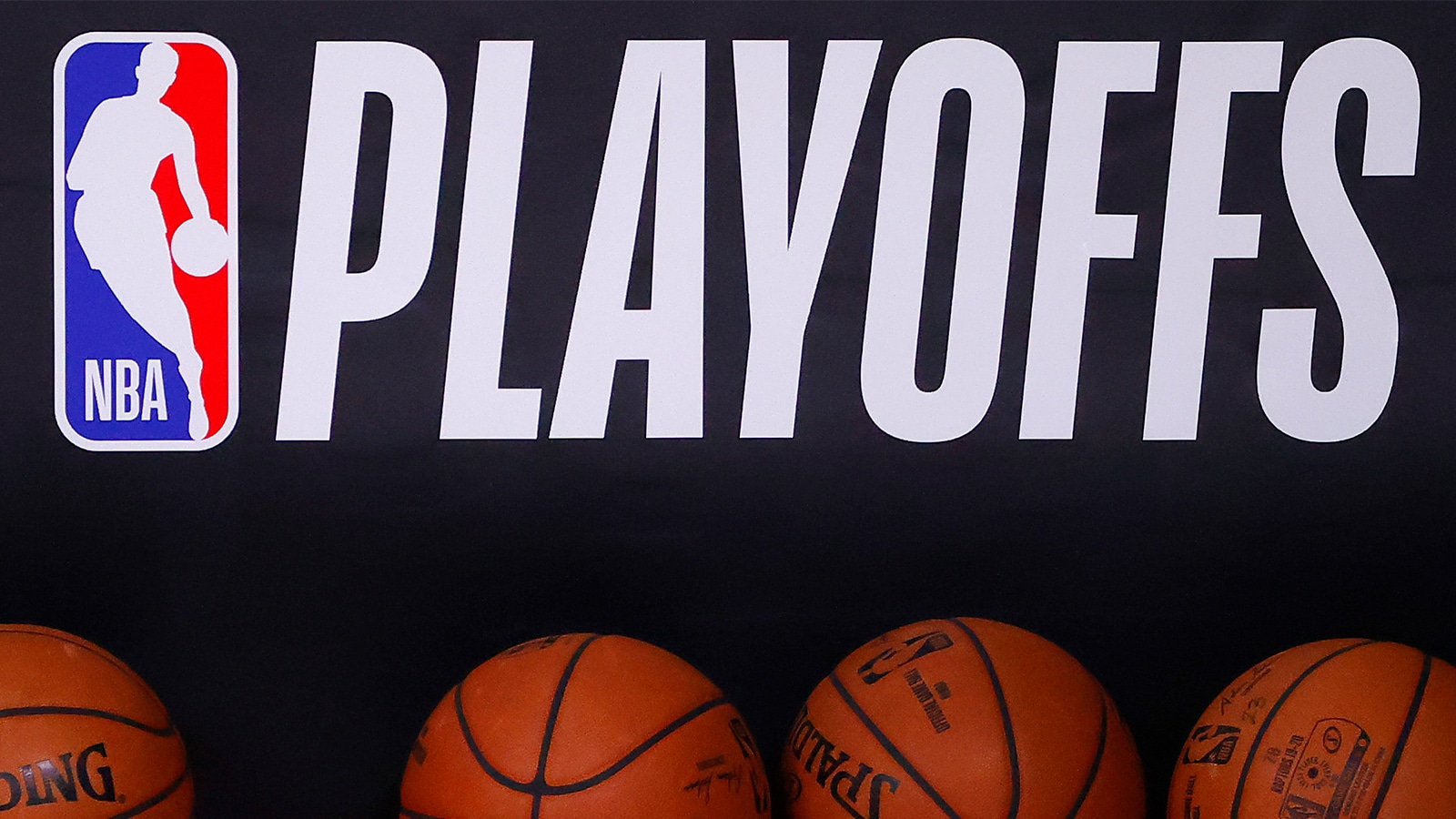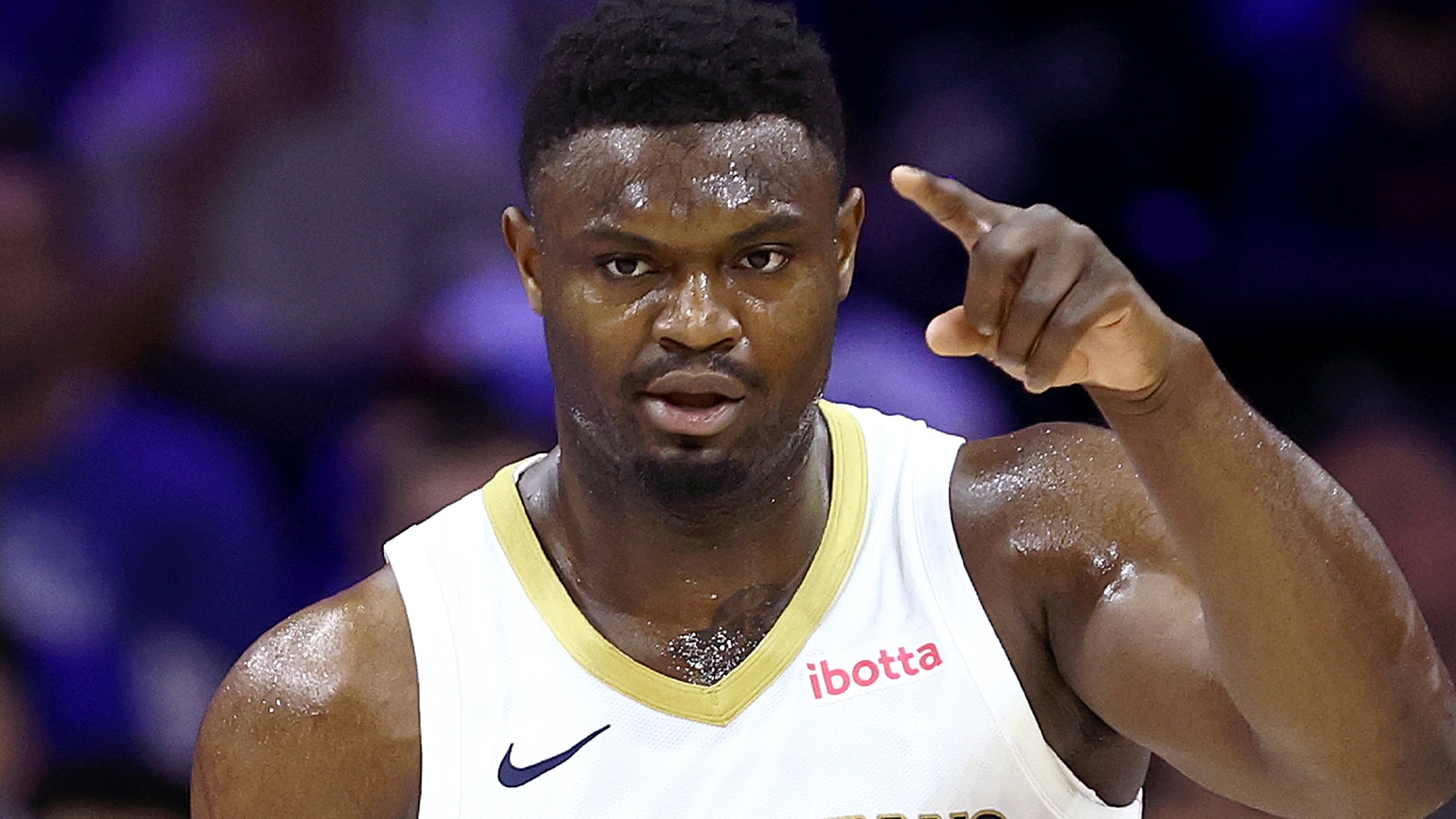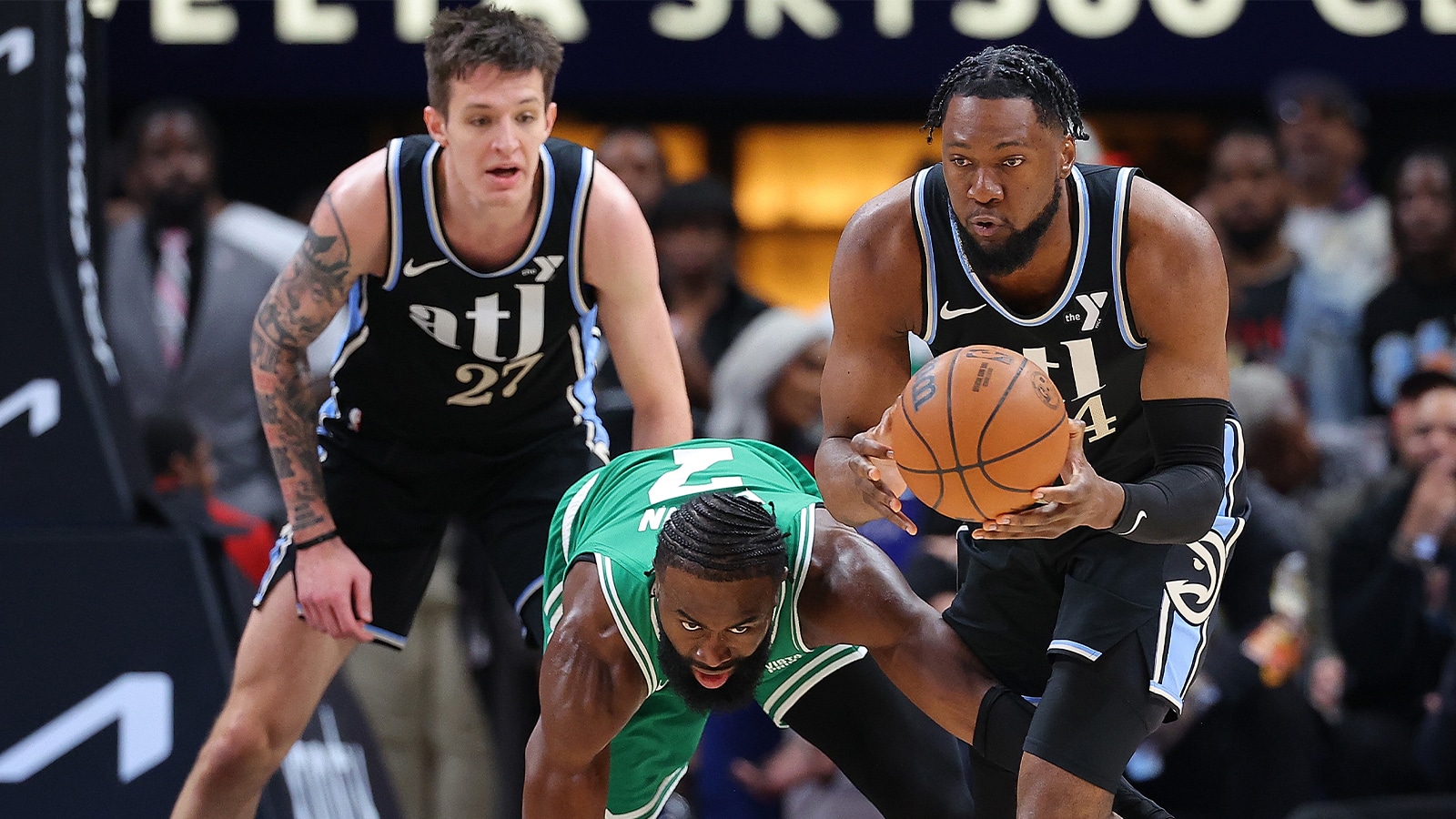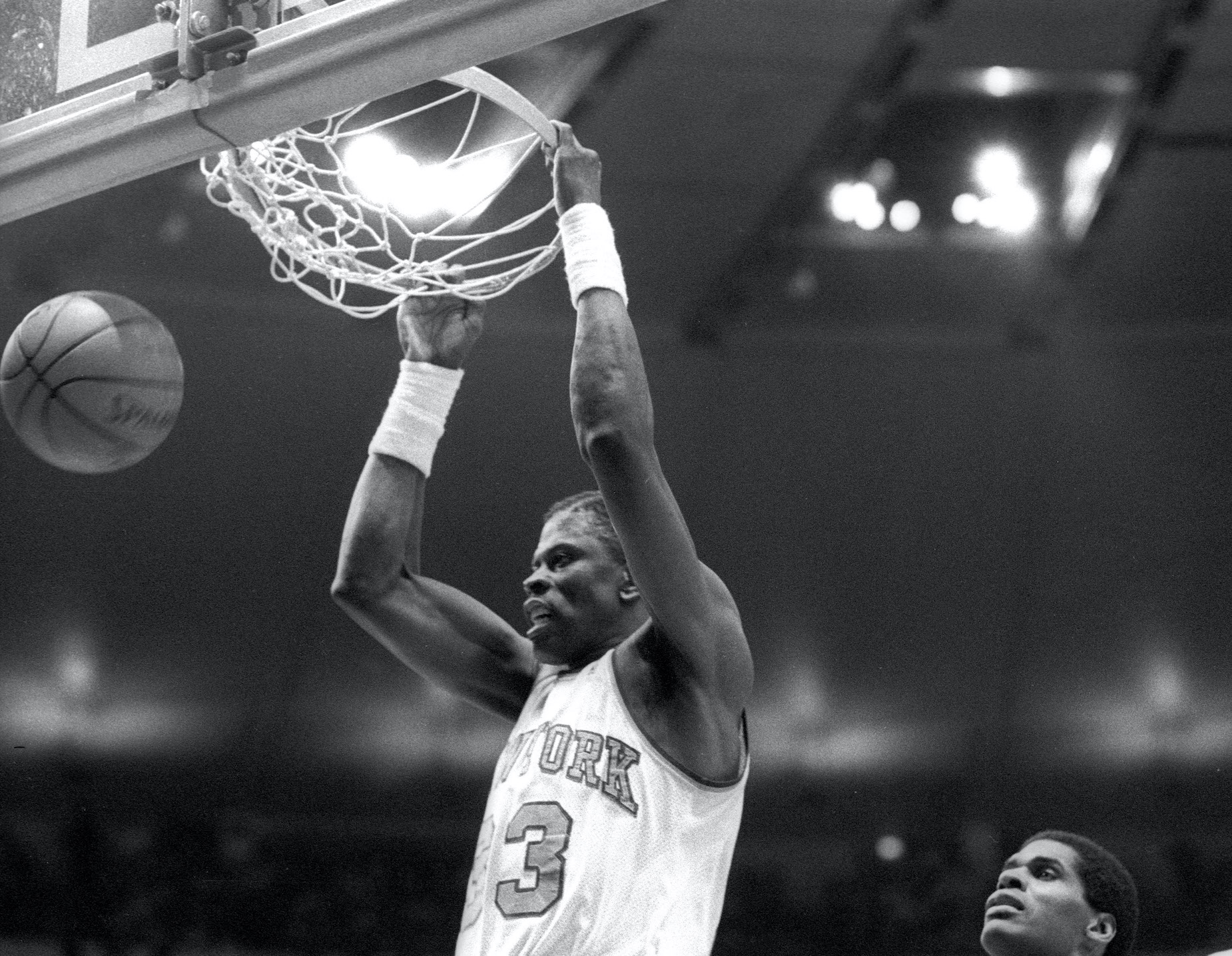
Patrick Ewing Sent an On-Court Message by Punching Bill Laimbeer in the Face Before He Even Graduated High School
Until a 2020-21 NBA season lifted everyone’s spirits, New York Knicks fans haven’t had much to cheer about lately. No amount of disappointing campaigns, however, can make New Yorkers forget Patrick Ewing. During his prime, the big man dominated the paint and made Madison Square Garden the center of the basketball universe.
While he never managed to win an NBA title, Ewing still earned a reputation as someone who possessed both incredible talent and plenty of physical toughness. The center simply wasn’t going to back down from any battle. He actually set that precedent long before entering the professional ranks, though. Just ask Bill Laimbeer about his encounter with a high school-aged Ewing.
Patrick Ewing started to make a name for himself in high school
If you ask most basketball fans about Ewing, they’ll explain how he dominated at Georgetown before joining the Knicks in somewhat controversial circumstances. The big man’s rise to prominence, however, began even earlier than that.
Ewing was born in Jamaica and moved to the United States when he was 12. After settling in Massachusetts, he began playing basketball. He proved to be a natural and, when it came time to enroll in high school, joined the Cambridge Rindge & Latin squad.
As documented in an ESPN story ranking the best McDonald’s All-Americans of all time, Ewing towered over the competition.
“The Jamaican-born Ewing was a dominant prep force, averaging 22.7 points and 15 rebounds while shooting 72 percent from the field as a senior,” Ronnie Flores explained. “In his final three seasons, Rindge & Latin was 77-1, including a 25-0 mark as a senior.”
While that resume can obviously stand on its own, it doesn’t even include one of Ewing’s more impressive accomplishments.
Earning an Olympic tryout and punching Bill Laimbeer in the face
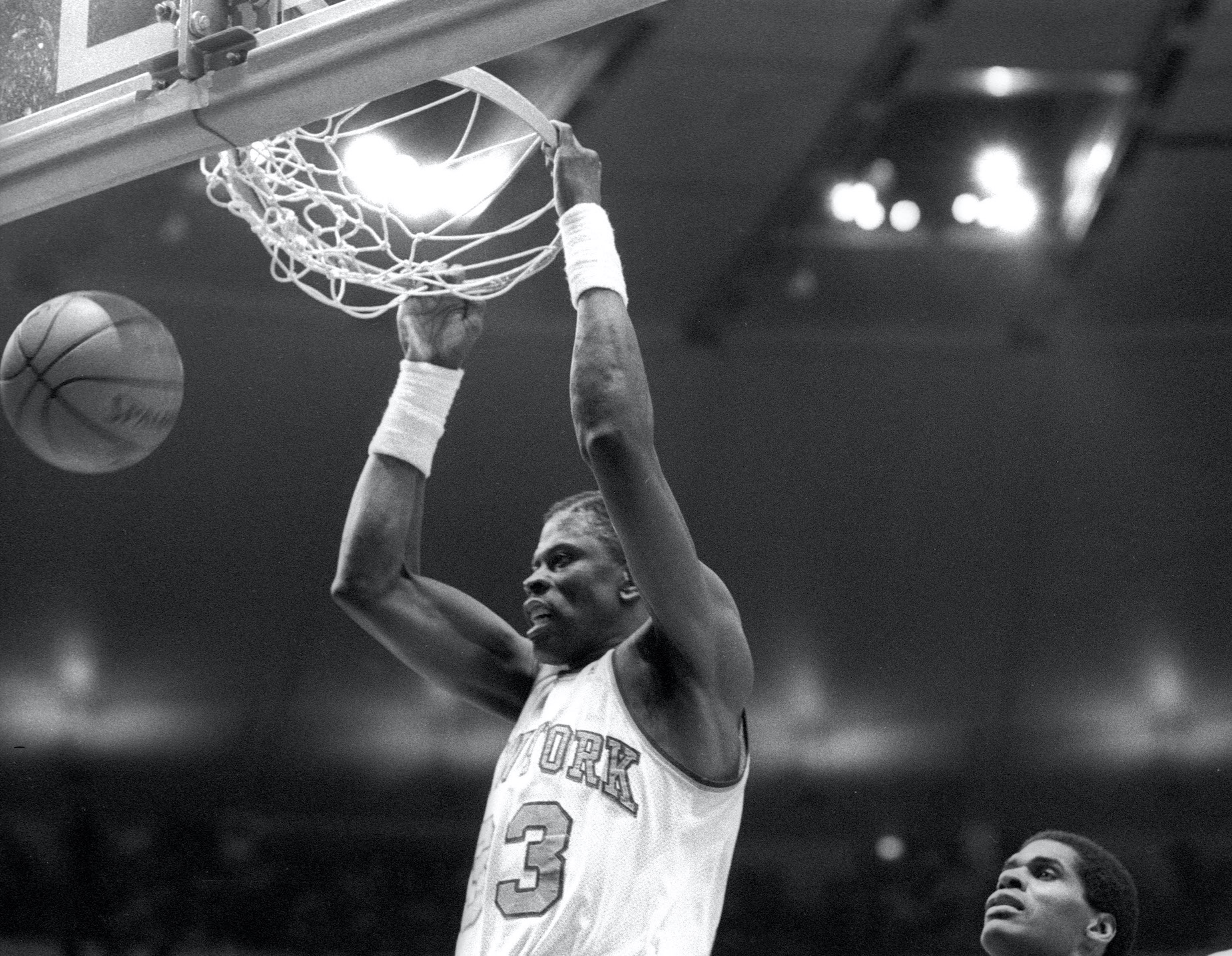
Ewing’s body of work was so impressive that he received an invitation to try out for the Olympic basketball team in 1980. While the big man was only heading into his senior year of high school at the time, he attended and hit the court with some future NBA rivals.
One of those men was Bill Laimbeer, who had been drafted in 1979 by the Cleveland Cavaliers. While he didn’t make his NBA debut until the 1980-81 campaign, the future Detroit Piston already showed his signature physicality.
“On one of the last days, Bill Laimbeer hit him with one of those dirty chops,” Ewing’s high school coach, Mike Jarvis, told Jackie MacMullen in a 1993 Boston Globe Story (h/t Chicago Tribune). “Patrick turned around and punched him in the face. Since that day, nobody, but nobody, has pushed Patrick Ewing around.”
Ewing, of course, wasn’t the last player to run afoul of Laimbeer. During his time in the Association, the Bad Boys’ big man became one of the league’s biggest villains. There was even a video game called Bill Laimbeer’s Combat Basketball, featuring a futuristic version of the sport complete with body checks and on-court weapons.
Patrick Ewing only built on that intimidating image in the pros
While there aren’t many mentions of Ewing punching Laimbeer beyond MacMullen’s story, we do know that the big man didn’t stop there. As he progressed through the NCAA and NBA ranks, the center developed a reputation as one of basketball’s best intimidators.
There’s no better illustration of that than Jack McCallum’s 1990 Sports Illustrated story about the Knicks star. The first few paragraphs seem to describe a gladiator, ready for battle, rather than a basketball player.
Patrick Ewing seems to be outfitted for rollerball as his long, no-nonsense strides carry him toward the midcourt circle at Madison Square Garden. Around both knees, he wears large, black supports over which conventional white kneepads are fitted. A pair of white elastic compression tights extend from below his New York Knicks shorts almost to the knee supports. Nasty-looking scratches dot his upper arms — “battle scars,” Ewing calls them.
Jack McCallum
McCallum’s dramatic account didn’t end there, though. The reporter delves into further detail, painting an image of someone who no opponent wanted to meet under the basket.
“He is 255 pounds of muscle hardened by five-times-a-week weight-training sessions, even during the season. He is seven feet tall, a huge man, a presence every bit as imposing as the Utah Jazz’s Mr. America candidate, Karl Malone,” the scribe continued. “Affixed to Ewing’s face is a scowl, which — like his pads — is securely in place whenever he takes the court. The whole effect is that of a man prepared for combat rather than basketball.”
For all of those physical tools, Knicks’ star wasn’t just a brute who bulldozed his opponents, though. Ewing could also show surprising grace and finesse; when defenders backed off and offered him uncontested jump shots, he learned to bury them. All of that combined to help the center average 21.0 points, 9.8 rebounds, and 2.4 blocks per game during his 17-year NBA career.
In the world of sports, there were plenty of players who talked a big game but couldn’t back it up. Despite his inability to lift the Larry O’Brien Trophy, Ewing wasn’t one of them.
Stats courtesy of Basketball-Reference
